
Visitors are drawn by scientific experiments on display at the 19th Public Science Day event in Beijing on Saturday. (Photo by Zou Hong/China Daily
Crowds queue up once again to see latest in tech, meet researchers
China's highest academic institution for natural sciences opened its doors to science lovers over the weekend to share the latest scientific and technological achievements, with the goal of popularizing science and allowing the public to engage with noted scientists and key research facilities.
The Chinese Academy of Sciences launched its 19th Public Science Day event on Saturday, opening 100 research institutions to the public as well as nearly 100 observatories, botanical gardens, museums, field stations and key laboratories.
Public enthusiasm was feverish since this was the first time in three years that the academy had been able to fully resume live activities on Public Science Day.
Parents and children began queuing outside the front doors of the academy's Institute of Physics early in the morning. The Institute of Automation extended opening hours several times to accommodate visitors, and tickets to tour the China Spallation Neutron Source, a major piece of scientific infrastructure that probes the internal structure of materials, sold out in hours.
"I am thrilled to be here. I like physics, and seeing real physicists in person is fun. I hope everyone will have as much fun as me," said Zhang Zipei, a 6-year-old volunteer at the Institute of Physics who was tasked with handing out event brochures and stamping souvenir seals on pamphlets.
Many young attendees said they very much wanted to visit the Institute of Physics because of its dual existence as a prestigious academic institution and quirky social media science communication sensation.
For example, in 2018 the institute painted its manholes with physics equations and cartoons to celebrate its 90th anniversary, and went viral on Chinese social media.
The theme of this year's event at the institute was "Science Predicting the Future — the Bizarre Adventure of the Middle School Syndrome Institute," which is a reference to the popular Japanese manga series JoJo's Bizarre Adventure and another reference to an anime trope in which a character is humorously unaware of their true power.
Children of all ages came to see the institute's scientists conduct colorful and thought-provoking physics experiments. After the show, they were able to use the instruments themselves and ask questions about their use.
The institute also featured dozens of exhibitions on China's latest achievements in artificial intelligence, autonomous underwater vehicles, lunar exploration and experiments onboard the Tiangong space station.
Cao Ying, a Beijing resident attending the event with her 3-year-old son, said that she had previously only known about these scientific achievements through the news. She added that it had been eye-opening to experience them firsthand and to talk to the scientists behind them.
"Science education should start at an early age," she said. "Seeing these scientific achievements in person makes me appreciate the hard work and ingenuity of our scientists even more."
At the Institute of Automation of the Chinese Academy of Sciences, people queued to see a bionic shark and manta ray swim as smoothly as their real counterparts. Experts said the robots could be equipped with sensors to collect data that could be crucial to environmental protection and water quality control.
Another Beijing resident who identified herself as Nana said that her son's favorite exhibits at the institute were about brain-computer interfaces.
"One exhibit allowed my son to put on a headband and use his brainwaves to wake up a virtual cat on the screen. It was really cool," she said.
Wang Bosheng, an associate researcher at the Institute of Automation who works on humanoid robots, said that sharing China's latest scientific and technological feats with the general public is necessary.
"Chinese scientists and engineers have accomplished many great things, and these achievements should not be locked away in an ivory tower," he said.
By communicating their findings to the public, Wang said that scientists also learn more about the actual needs of the people, which helps open up new areas of research and use. One example is using humanoid robots to care for the elderly.
"Effective science communication is a two-way street," Wang said. "Scientists share their findings to promote science literacy, but they can also get new ideas by interacting with the public."























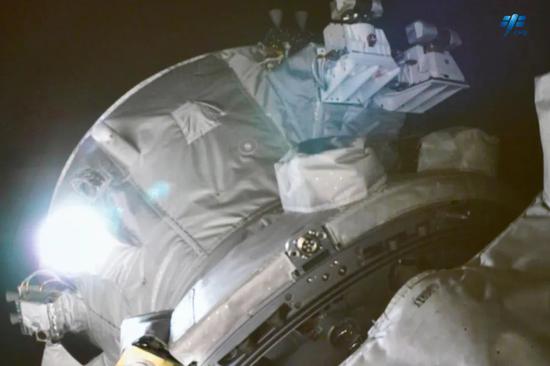

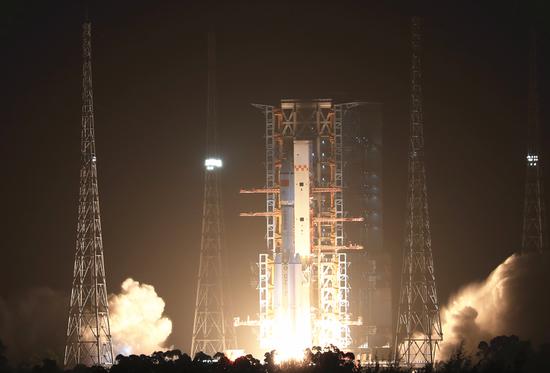










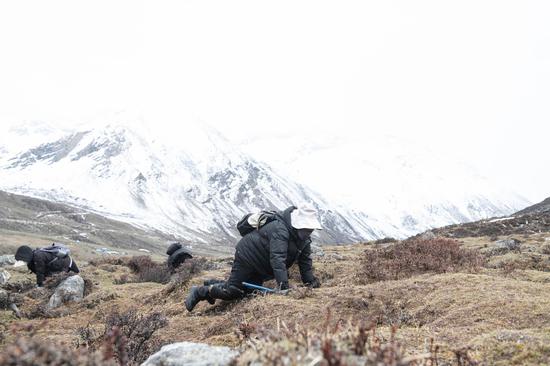


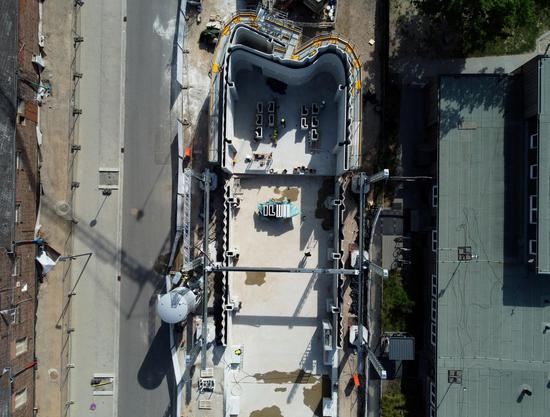
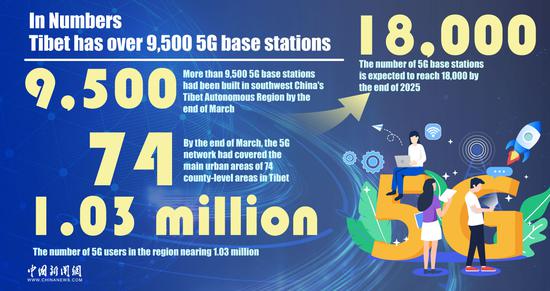



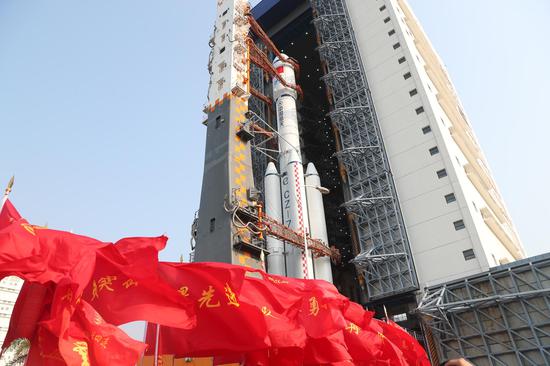

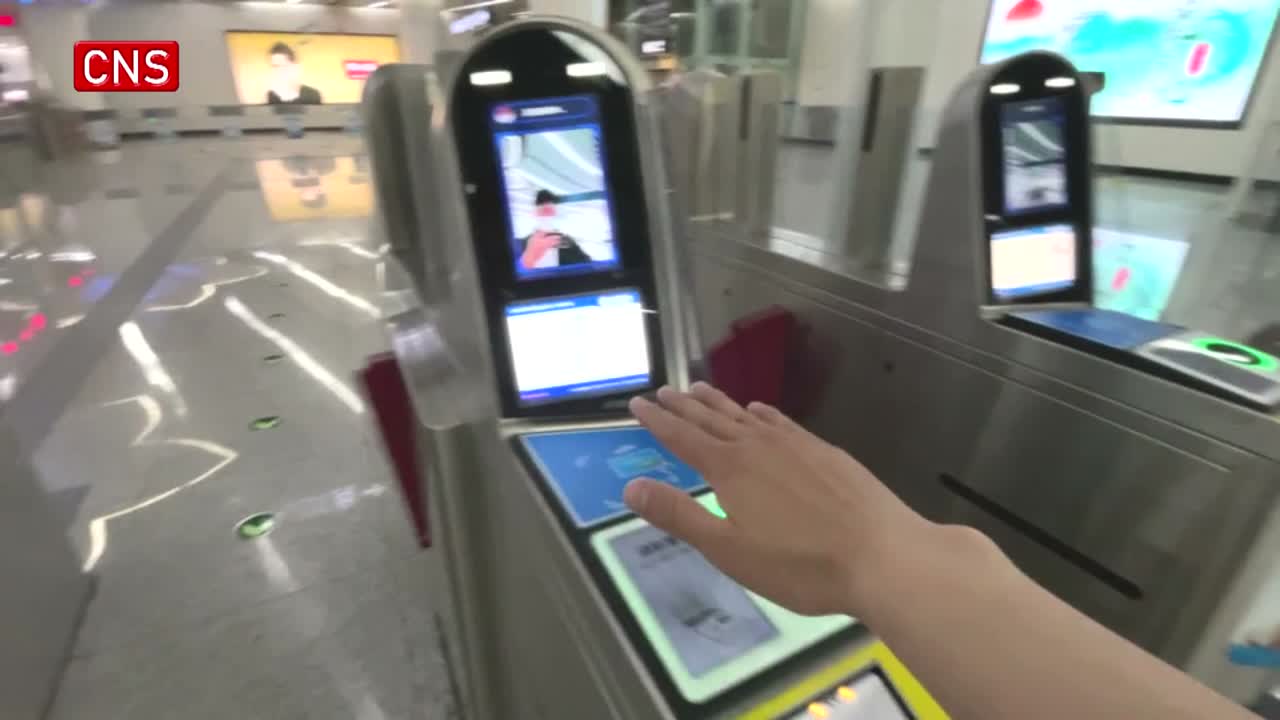

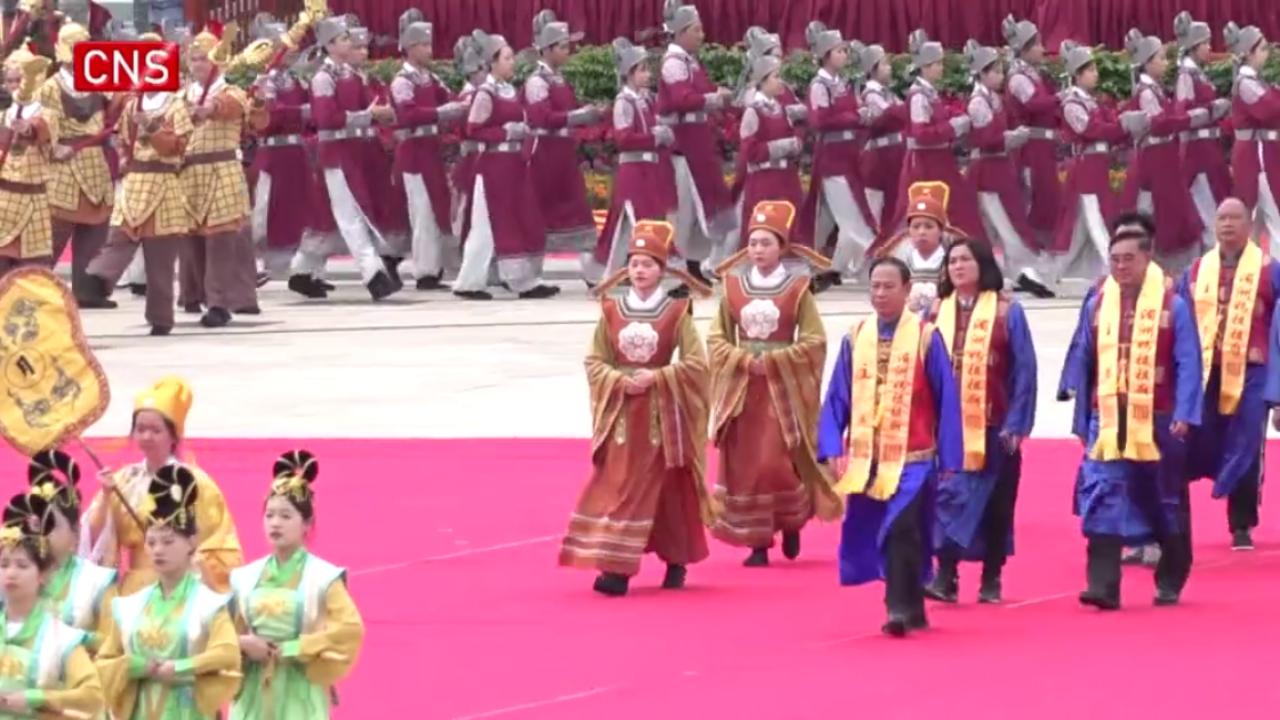

 京公网安备 11010202009201号
京公网安备 11010202009201号